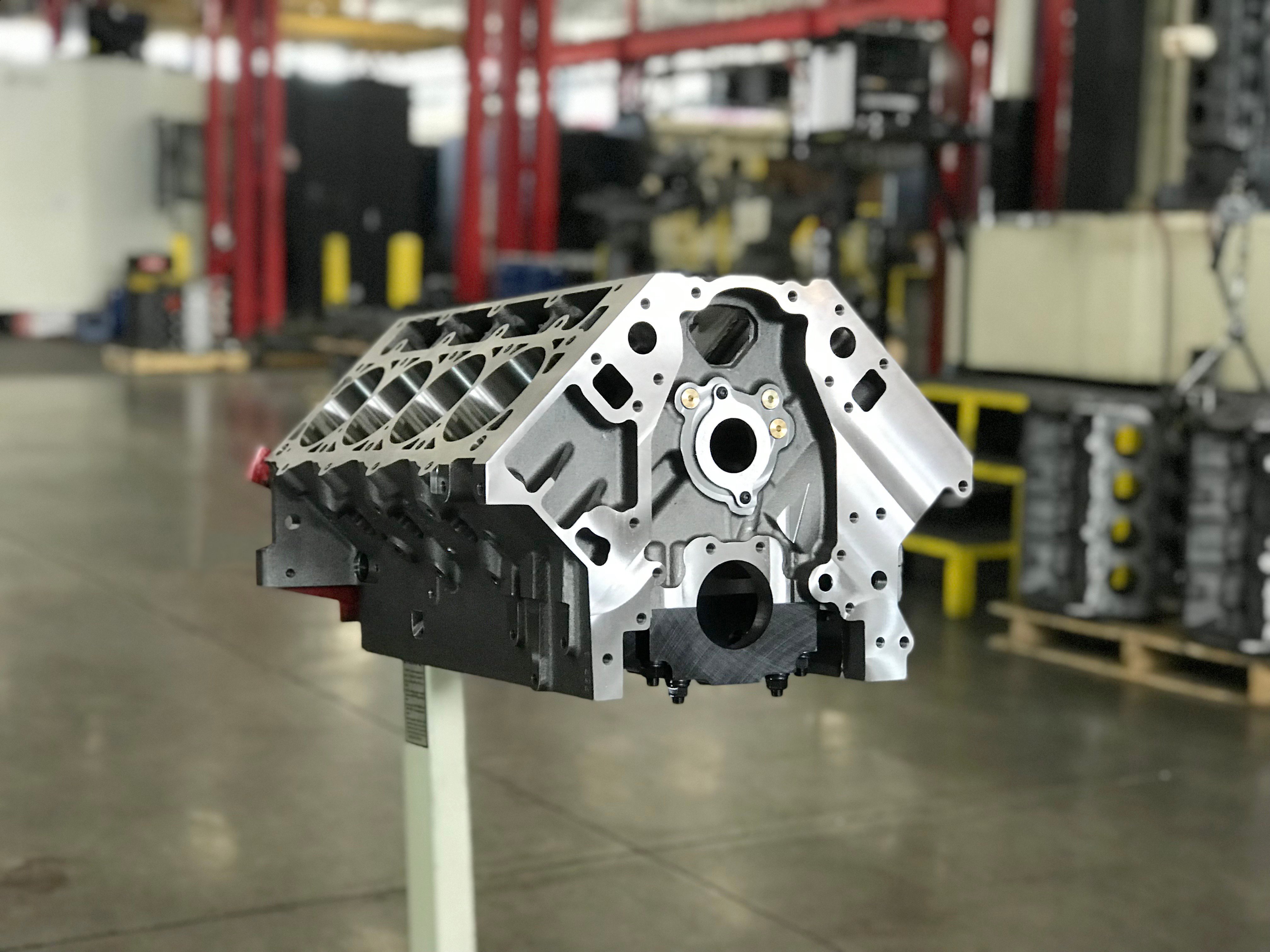Choosing a block is a big decision and when it comes to LS applications, Dart gives you more than a few choices. We walk you through the different LS block types available to help you find one perfect for your next build.
Dart Machinery has earned its reputation in the performance industry as offering some of – if not the best – off-the-shelf (and custom billet) LS cylinder blocks on the market. When GM introduced the LS engine blocks, Dart quickly discovered various limitations with both the aluminum and iron production blocks and introduced a line of engine blocks that are now considered essential for any serious performance buildup.We will walk you through the main points and even some subtleties that
Dart blocks offer that may not be obvious to the casual observer but are critical when it comes to making sure you have the right block for that next LS engine quest.
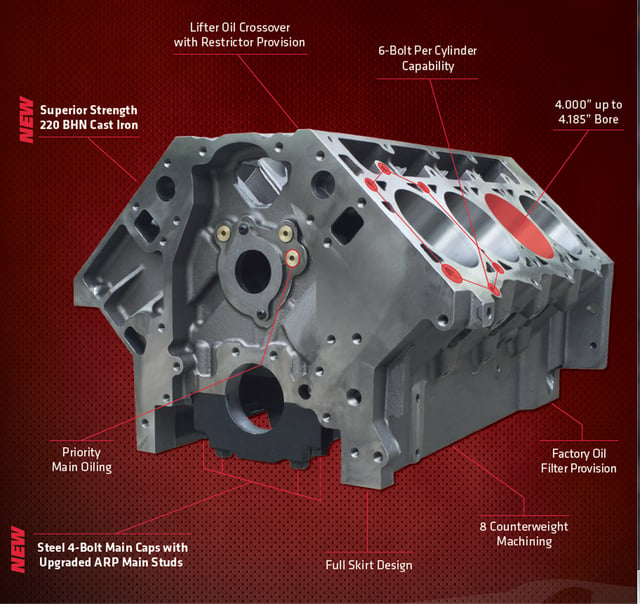
To begin, Dart actually offers four layers of block selection covering both iron and aluminum versions. The base model LS block intended for street performance engines is the LS Next Special High Performance or SHP block. This offers an easy conversion up from a production block with all components easily crossing over including accommodations for the GM LSX roller lifter retainers (GM PN 19166182). The SHP also includes many race engine features that are carried over from the race blocks into the upper-end blocks including priority main oiling, 0.625-inch thick deck surfaces, 4-bolt billet steel main caps, and .375in extended cylinder barrels that will be discussed in detail later.

Next up is the LS Next SHP Pro iron block that is cast using a superior strength 220 BHN iron material. This number relates to the Brinell hardness (BH) rating. Typical grey cast iron tests between 192 BHN. By using a superior grade material and employing a different heat treat technique, Dart offers the LS Next SHP at 220 BHN. This harder cast iron also increases the block’s tensile strength from 30,000 to 38,000 psi. The LS Next Pro also upgrades to ARP 7/16in main studs from bolts.
Dart Block Chart
|
Block |
PN |
Bore |
Deck Height |
Main Caps |
Main Journal |
Pan Rail* |
|
SHP Iron |
31867111 |
4.00 |
9.240 |
Steel |
Std. |
LS |
|
SHP Iron |
31867211 |
4.125 |
9.240 |
Steel |
Std. |
LS |
|
LS Next Iron |
31837111 |
4.00 |
9.240 |
Steel |
Std. |
Conv. |
|
LS Next Iron |
31837211 |
4.125 |
9.240 |
Steel |
Std. |
Conv. |
|
LS Next SHP Pro Iron |
31867112 |
4.000 |
9.240 |
Steel |
Std. |
LS |
|
LS Next Aluminum Skirted |
31947211 |
4.125 |
9.240 |
Steel |
Std. |
LS |
|
LS Next Aluminum Skirted |
31947221 |
4.125 |
9.450 |
Steel |
Std. |
LS |
|
LS Next Aluminum |
31937212 |
4.125 |
9.240 |
Steel |
Std. |
Conv. |
|
LS Next Aluminum |
31937121 |
4.000 |
9.450 |
Steel |
Std. |
Conv. |
- Refers to a conventional pan rail that eliminates the LS skirted configuration using pan rail spacers to locate an LS pan bolt pattern.
- Standard LS main diameter is 2.560-inch
Up from that is the LSN Next iron non-skirted race block which uses a conventional 4-bolt, splayed cap in the center three and oil pan rail position that allows kick-out oil pans where chassis clearance is available. This block also features 220 BHN material and will accept up to 4.200-inch maximum bore diameter. Additionally, the LS Next iron non-skirted race block is capable of receiving the LS Next 2 upgrade which incorporates larger main caps and 1/2in main studs. This is the ultimate cast-iron LS Next block for the highest horsepower applications.
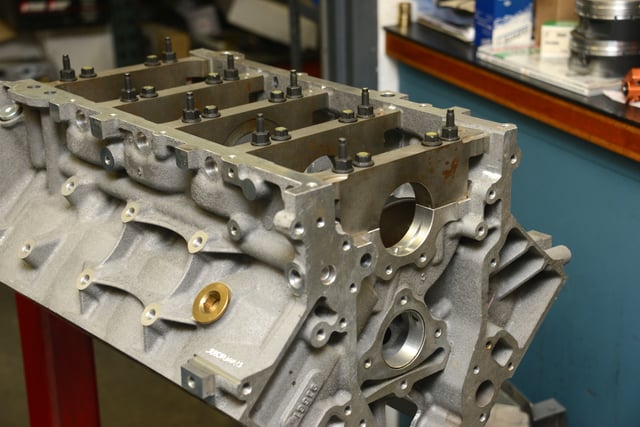
Moving into alloy materials, the LS Next aluminum blocks are available in either skirted or non-skirted configurations. All Dart aluminum blocks use ductile iron sleeves and extra thick cylinder walls. At the top rung are custom billet aluminum blocks that we will cover in more detail in a separate story. Enhancing these standard cast block offerings are multiple custom options such as cam upgrades, lifter bore resizing, stroke clearance, piston oil squirters, 1/2in main studs and many more.
The main advantage to aluminum blocks is their reduced weight. A typical iron non-skirted LS Next block will weigh in at 227 pounds while an aluminum version of that non-skirted block will come in at between 115 and 127 depending upon bore size. This offers an immediate 100-pound weight savings.
Dart was the first to eliminate the deep skirt with the iron LS Next block in an effort to minimize windage issues that has shown to be a significant impediment to making high rpm horsepower. The goal with the non-skirted block was to create a pan rail position similar to the original small-block Chevy.
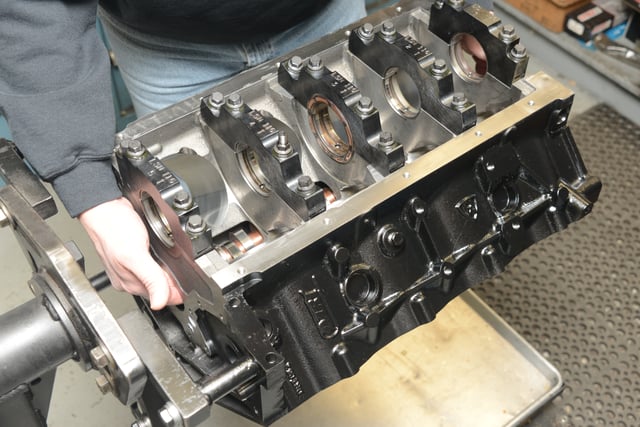
But these were just the opening salvos of a barrage of LS Next opportunities.. All Dart LS Next blocks employ a priority main oiling system. This is a critical upgrade because the factory LS oiling route forces the oil through the hydraulic lifters on its way to the main bearings. Dart’s priority main circuit creates a separate channel that directs oil equally to both the mains and lifters, ensuring that lubrication is unrestricted to the mains and connecting rod bearings
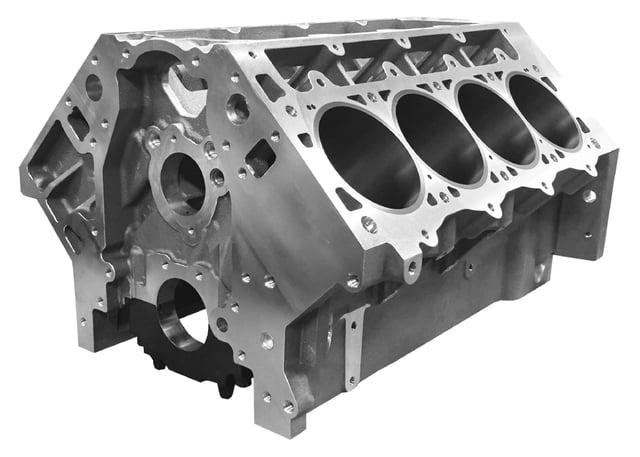
The other major Dart design improvement is the 0.375-inch longer cylinder bore sleeve length. On the surface this might not sound like a big deal, and for stock stroke engines, it isn’t. However, if you’re contemplating investing in an aftermarket block, why not add some displacement at the same time and keep the piston in the cylinder bore at the bottom of the stroke. The issue is the factory kept the sleeve lengths short.
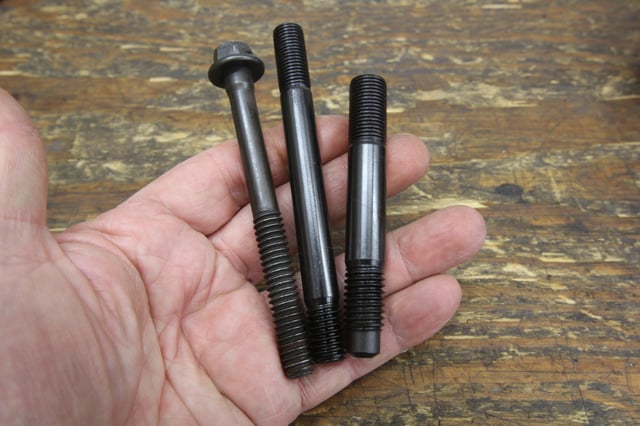
Which main cap fasteners would you prefer? Stock LS engines use 10mm (0.393-inch) fasteners while the Dart block uses 7/16-inch (0.4375-inch) fasteners. If big power is anticipated, Dart offers an upgrade to ½-inch (0.500-inch) studs.
When adding stroke, this increases the distance the piston travels. A long stroke LS package will tend to pull the lower half of the piston skirt completely out of the bore at bottom dead center (BDC). This forces the piston to rock over center which can damage the piston skirt. Dart’s longer sleeve length prevents this issue yet there is still plenty of clearance for up to a 4.100-inch stroke on any of the LS Next blocks.
Speaking of bore size, LSNext aluminum and cast iron blocks start at 4.00in and 4.125in versions, and can be bored as large as 4.185. The LS Next iron, non-skirted race blocks can be bored as large as 4.200in while the cast-iron SHP blocks have a max bore of 4.185in. Aluminum blocks can go as large as 4.165in. An LSNext block will offer a minimum of 0.275-inch wall thickness at a 4.185-inch bore diameter. Thicker deck surfaces are also an inherent advantage measuring a stable 0.625-inch.
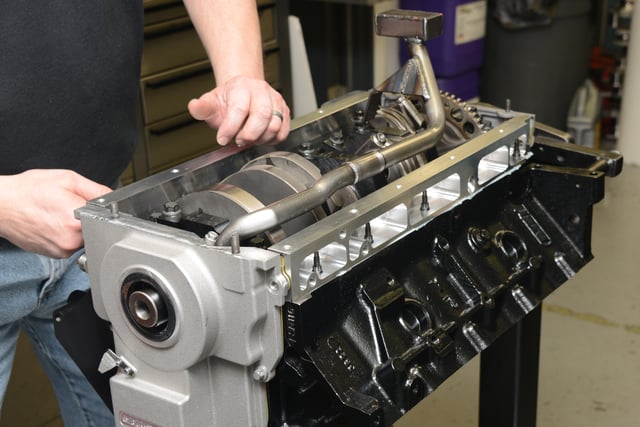
Opting for the LS Next without the skirt replaces the iron skirt with aluminum spacers that allow the use of a typical LS configuration oil pan.
Moving to the bottom side of the block, both the iron and aluminum blocks use steel main caps with the outer bolts splayed on the center three caps to increase strength. On the skirted blocks, these caps eliminate the need for the small, horizontal bolts used on production LS blocks. The Dart splayed cap design is intended to increase the common area between the cylinder cavities to reduce windage issues and maintain solid main webbing without communication windows . Dart also offers a windage tray that is designed to work with the Dart splayed main caps.
If you look closely inside a skirted Dart block you’ll notice that the area underneath the pan rail is opened or scalloped to direct oil away from the crankshaft, again especially beneficial for long-stroke engines. This same area on production blocks is filled and restrictive. All this is aimed at reducing windage that costs power and also results in higher oil temperatures.
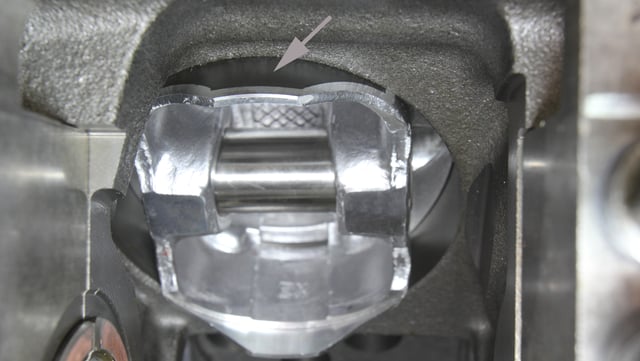
One major advantage to Dart’s LSNext blocks is its 0.375-inch extended cylinder wall length that offers support to pistons at the bottom of the stroke.
Even with all these improvements, the Dart LS Next blocks retain the OE provisions for the stock LS front and rear covers along with the LS pan rail bolt pattern. On the side of the block, the stock LS four-bolt motor mount pattern has been retained along with the Gen III bellhousing pattern. The block coolant drains have been moved to the center of the block more similar to the position for a small-block block and each Dart block is fully compatible with either a 24x or 58x reluctor wheel.
Finally, as a special upgrade to add strength to either an iron, aluminum, or billet LS Next block, Dart offers the LS Next 2 option that pushes the main cap stud size to a full ½-inch. This larger diameter also offers the choice of retaining the stock 2.560-inch LS main journal size or increasing that to the Ford Cleveland 2.750-inch mains. The main advantage here is to improve crank strength and stability by increasing the overlap between the rods and mains. This is beneficial when increasing the stroke.
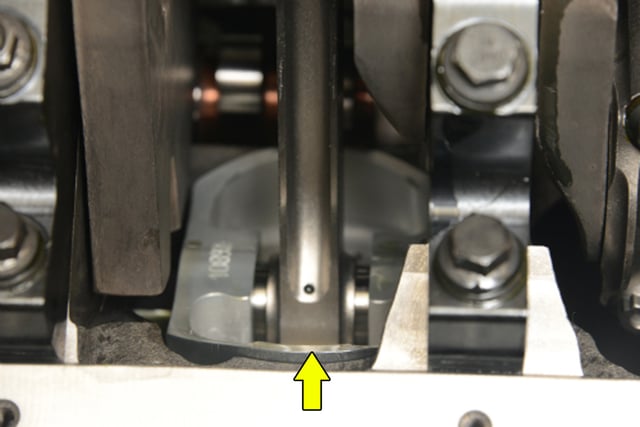
The LS small-block architecture offers plenty of opportunity to make big power with an LS engine and this new LS Next generation of Dart blocks will make sure that the foundation is strong and more than capable of making the kind of power you have in mind.

